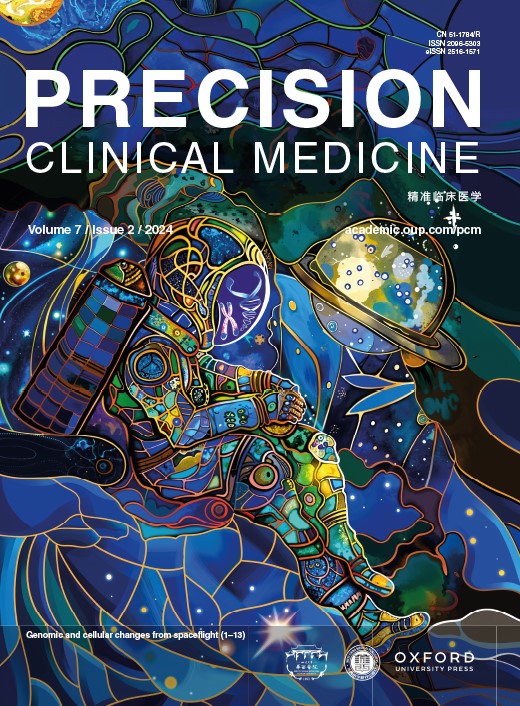CRISPR/Cas9 mediated somatic gene therapy for insertional mutations: the vibrator mouse model
IF 5
4区 医学
Q1 MEDICINE, RESEARCH & EXPERIMENTAL
引用次数: 2
Abstract
Abstract Somatic gene therapy remains technically challenging, especially in the central nervous system (CNS). Efficiency of gene delivery, efficacy in recipient cells, and proportion of cells required for overall benefit are the key points needed to be considered in any therapeutic approach. Recent efforts have demonstrated the efficacy of RNA-guided nucleases such as CRISPR/Cas9 in correcting point mutations or removing dominant mutations. Here we used viral delivered Cas9 plasmid and two guide RNAs to remove a recessive insertional mutation, vibrator (vb), in the mouse brain. The vb mice expressed ∼20% of normal levels of phosphatidylinositol transfer protein, α (PITPα) RNA and protein due to an endogenous retrovirus inserted in intron 4, resulting in early-onset tremor, degeneration of brainstem and spinal cord neurons, and juvenile death. The in situ CRISPR/Cas9 viral treatment effectively delayed neurodegeneration, attenuated tremor, and bypassed juvenile death. Our studies demonstrate the potential of CRISPR/Cas9-mediated gene therapy for insertional mutations in the postnatal brain.CRISPR/Cas9介导的插入突变体细胞基因治疗:振动器小鼠模型
体细胞基因治疗在技术上仍然具有挑战性,特别是在中枢神经系统(CNS)中。在任何治疗方法中,基因传递的效率、受体细胞的有效性和总体获益所需细胞的比例是需要考虑的关键点。最近的研究已经证明了rna引导的核酸酶(如CRISPR/Cas9)在纠正点突变或去除显性突变方面的功效。在这里,我们使用病毒传递的Cas9质粒和两个引导rna来去除小鼠大脑中的隐性插入突变,振动器(vb)。由于插入内含子4的内源性逆转录病毒,vb小鼠表达了正常水平约20%的磷脂酰肌醇转移蛋白、α (PITPα) RNA和蛋白,导致早发性震颤、脑干和脊髓神经元变性和幼年死亡。CRISPR/Cas9原位病毒治疗有效地延缓了神经退行性变,减轻了震颤,并避免了青少年死亡。我们的研究证明了CRISPR/ cas9介导的基因治疗对出生后大脑插入突变的潜力。
本文章由计算机程序翻译,如有差异,请以英文原文为准。
求助全文
约1分钟内获得全文
求助全文
来源期刊

Precision Clinical Medicine
MEDICINE, RESEARCH & EXPERIMENTAL-
CiteScore
10.80
自引率
0.00%
发文量
26
审稿时长
5 weeks
期刊介绍:
Precision Clinical Medicine (PCM) is an international, peer-reviewed, open access journal that provides timely publication of original research articles, case reports, reviews, editorials, and perspectives across the spectrum of precision medicine. The journal's mission is to deliver new theories, methods, and evidence that enhance disease diagnosis, treatment, prevention, and prognosis, thereby establishing a vital communication platform for clinicians and researchers that has the potential to transform medical practice. PCM encompasses all facets of precision medicine, which involves personalized approaches to diagnosis, treatment, and prevention, tailored to individual patients or patient subgroups based on their unique genetic, phenotypic, or psychosocial profiles. The clinical conditions addressed by the journal include a wide range of areas such as cancer, infectious diseases, inherited diseases, complex diseases, and rare diseases.
 求助内容:
求助内容: 应助结果提醒方式:
应助结果提醒方式:


